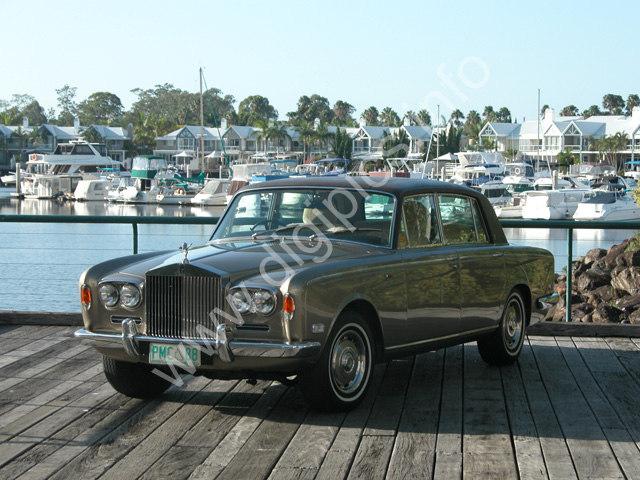
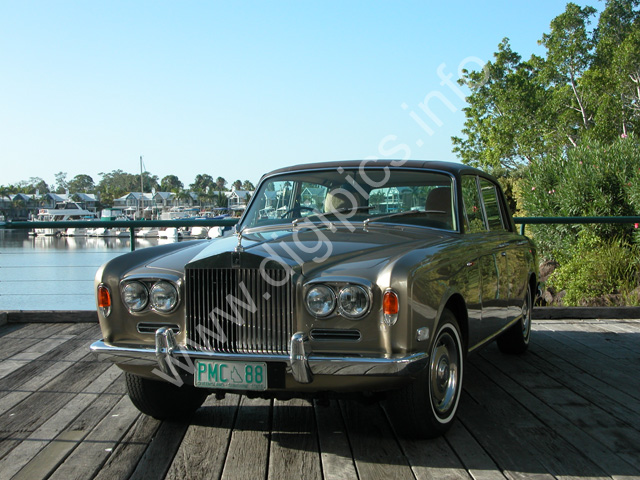
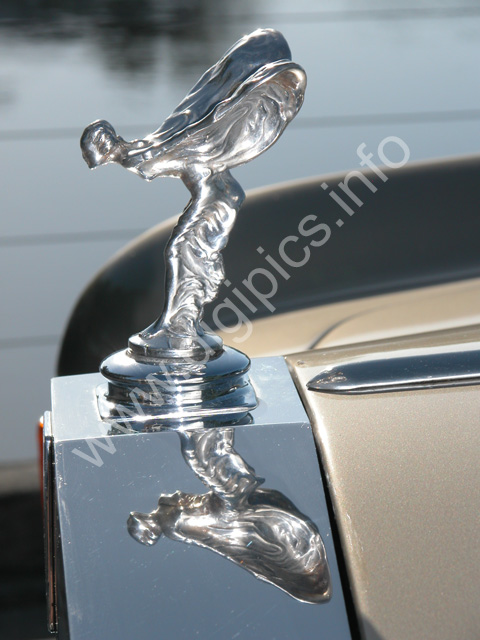
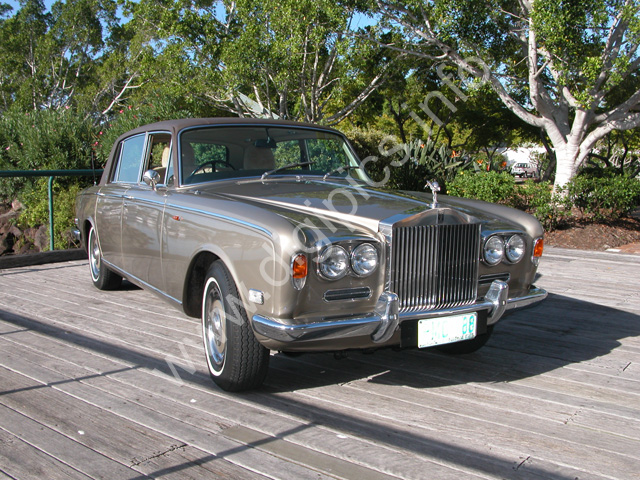
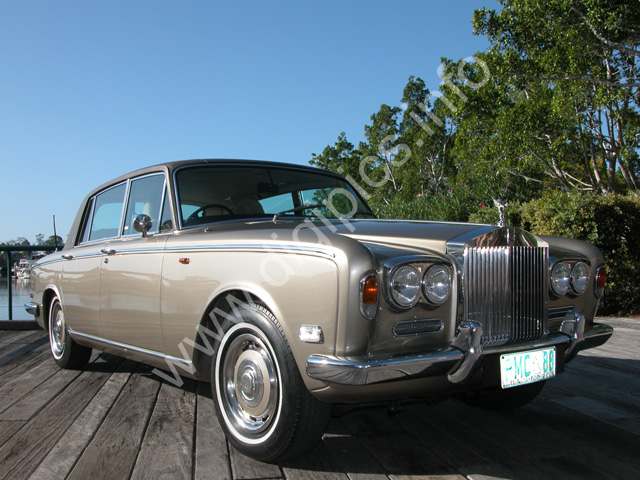
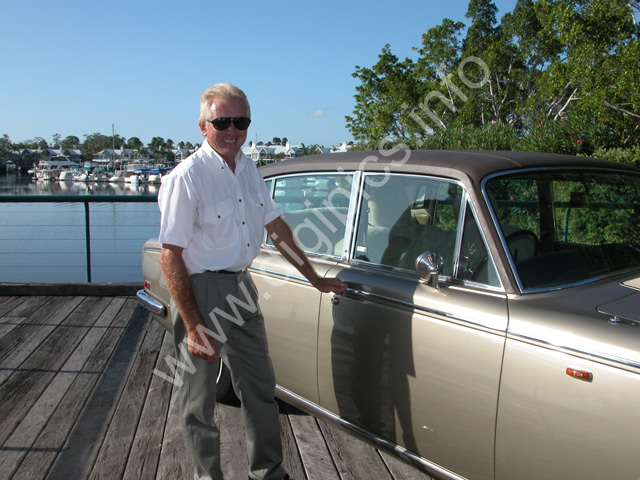
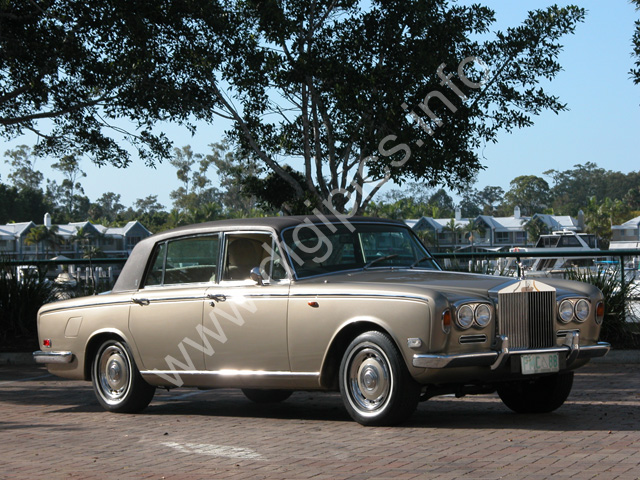
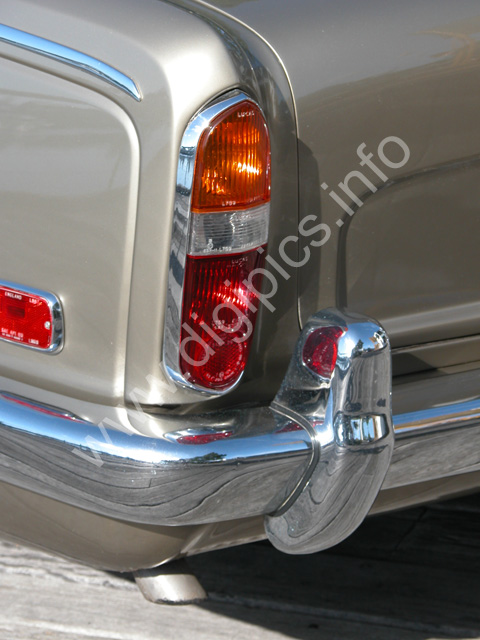
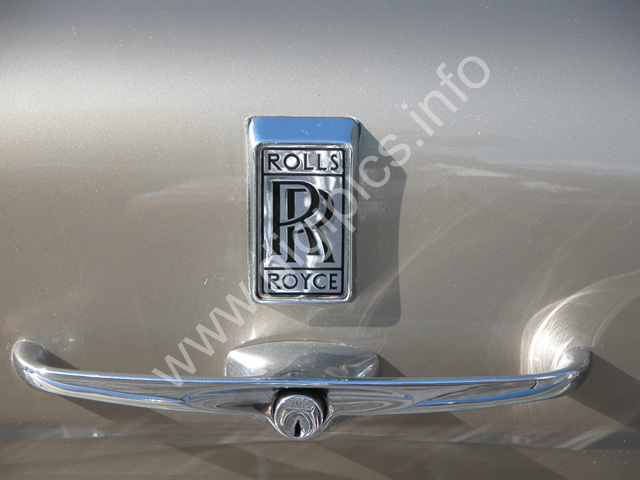
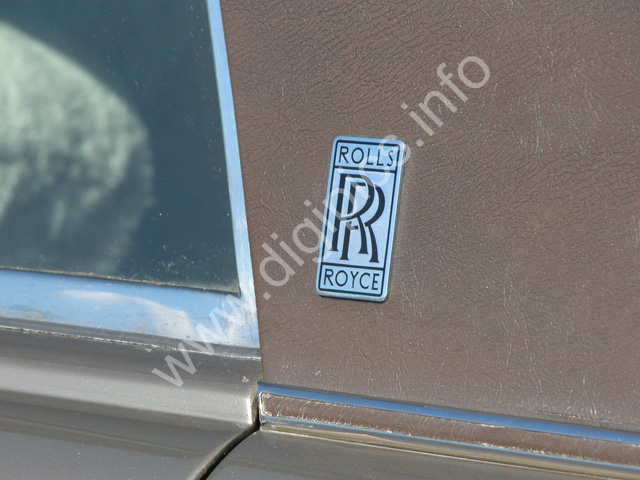
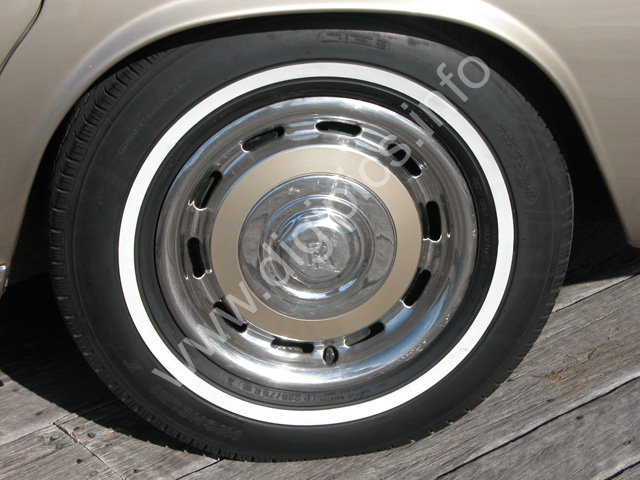
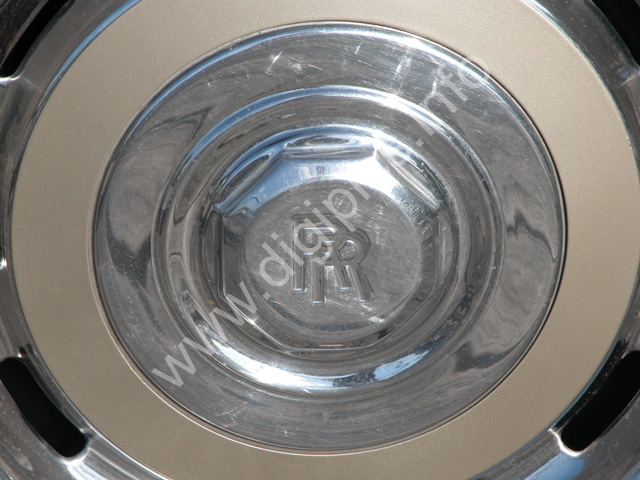
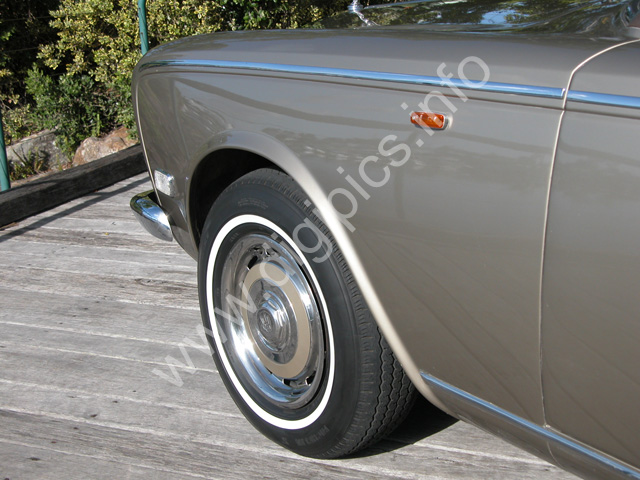
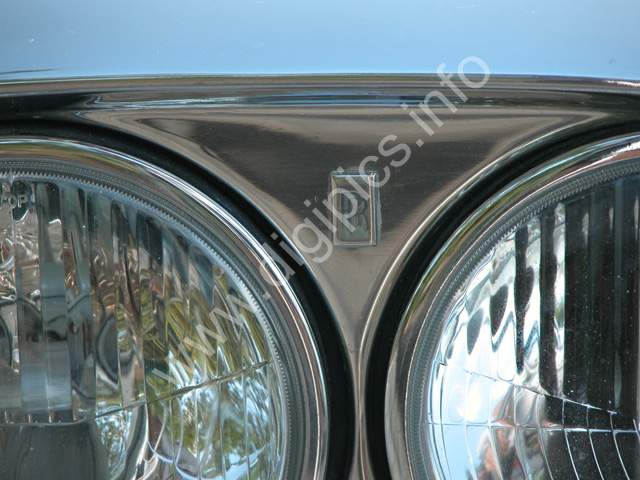
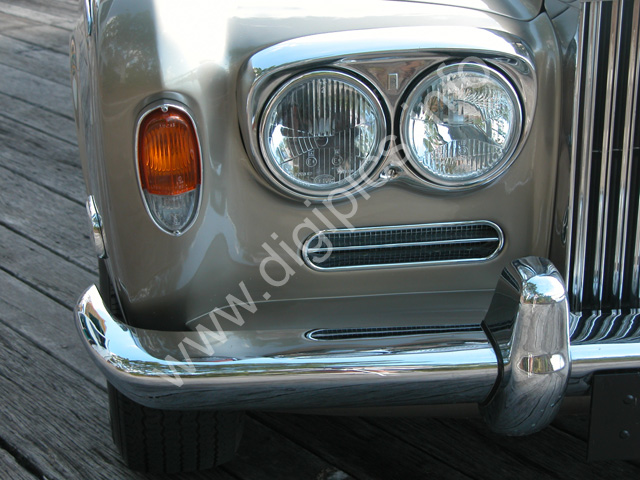
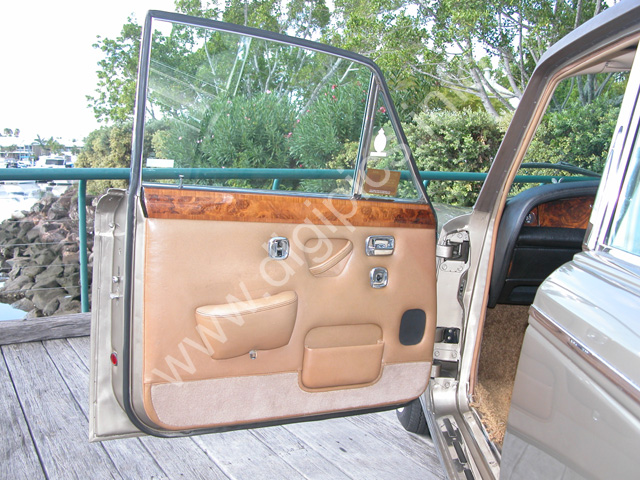
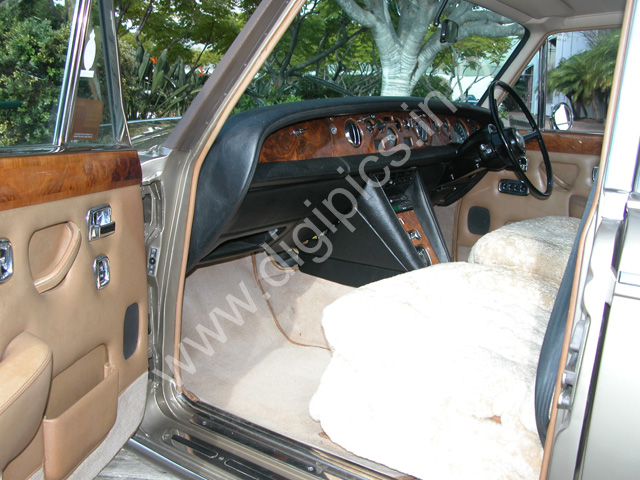
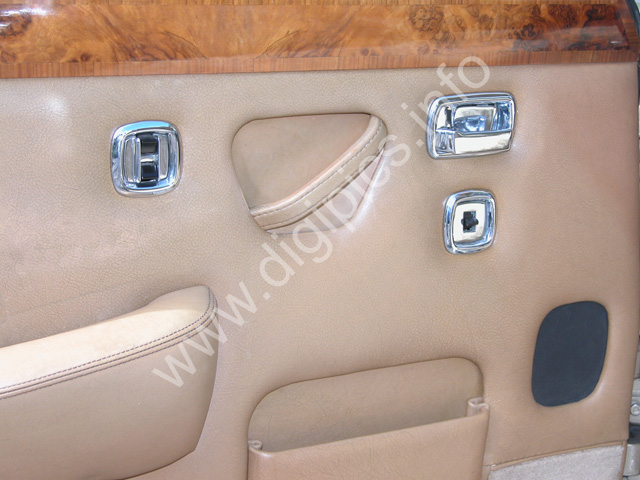
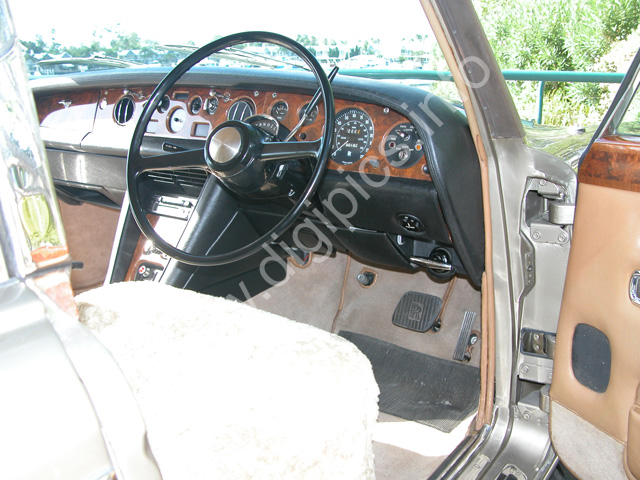
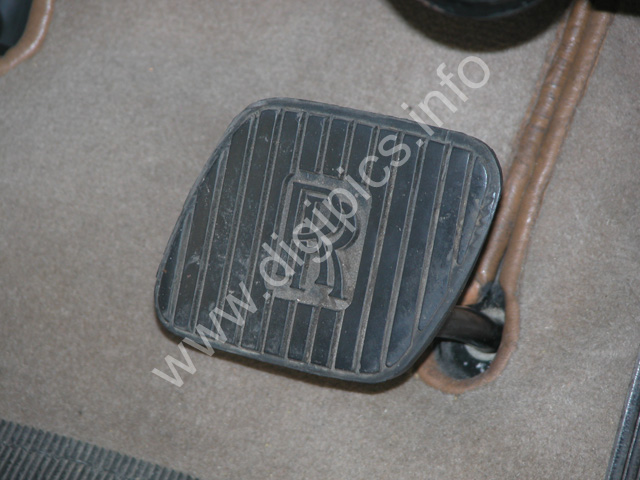
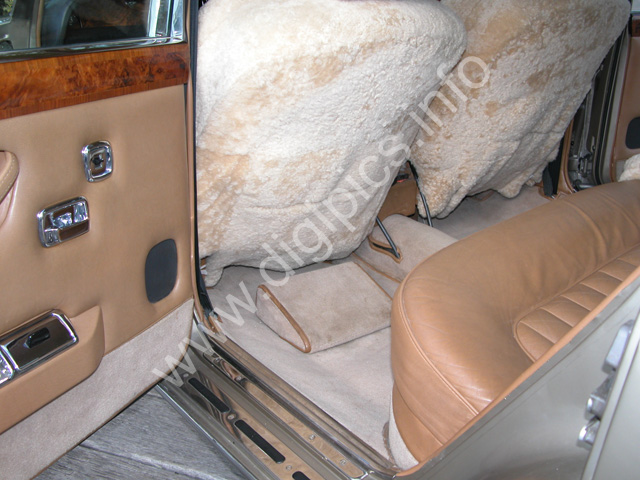
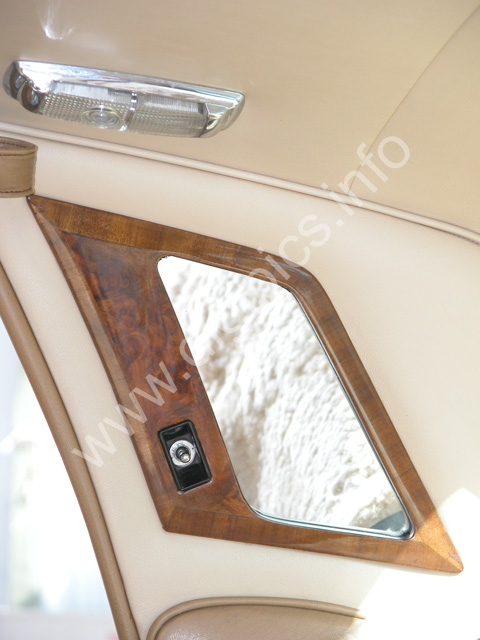
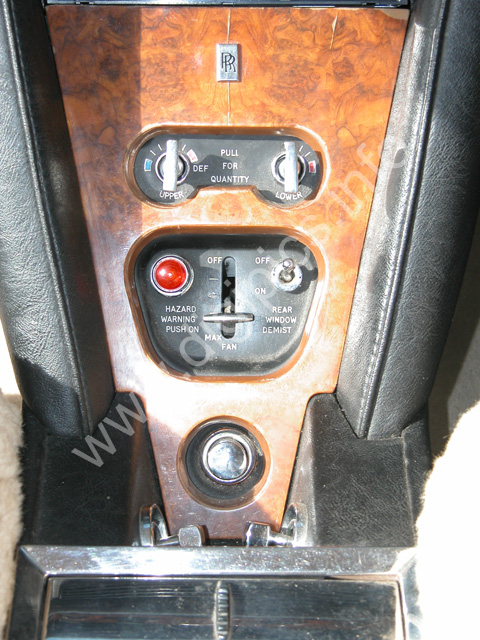
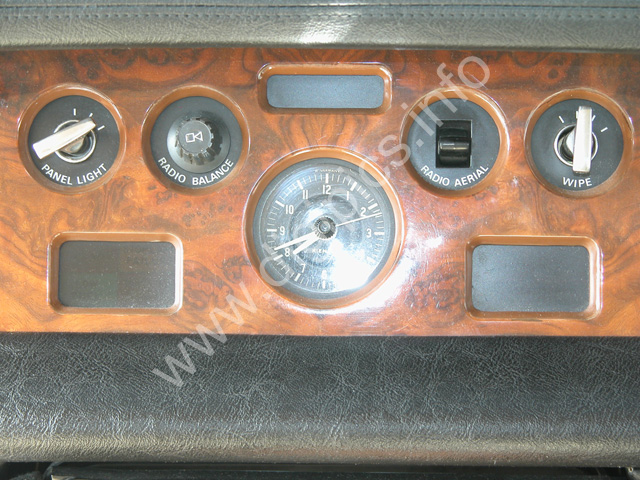
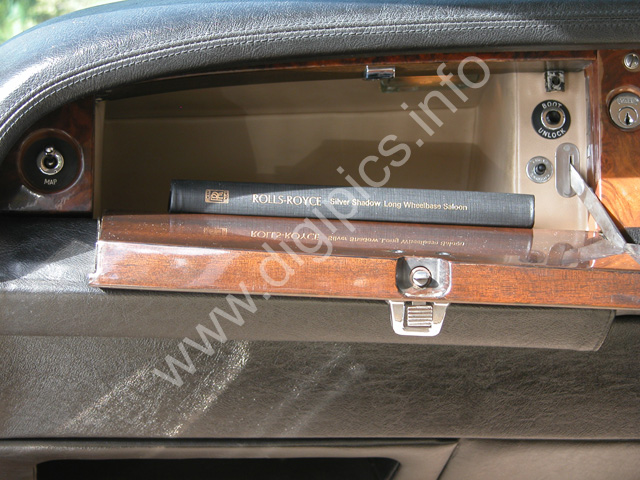
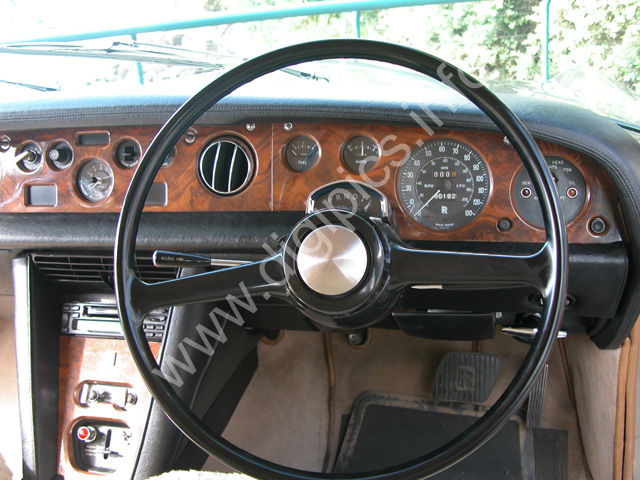
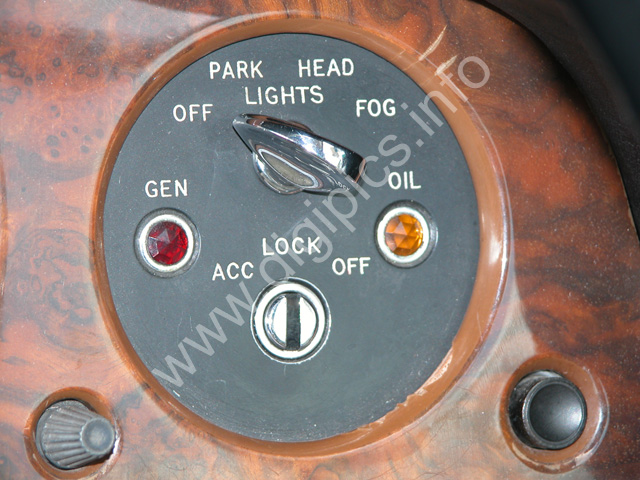
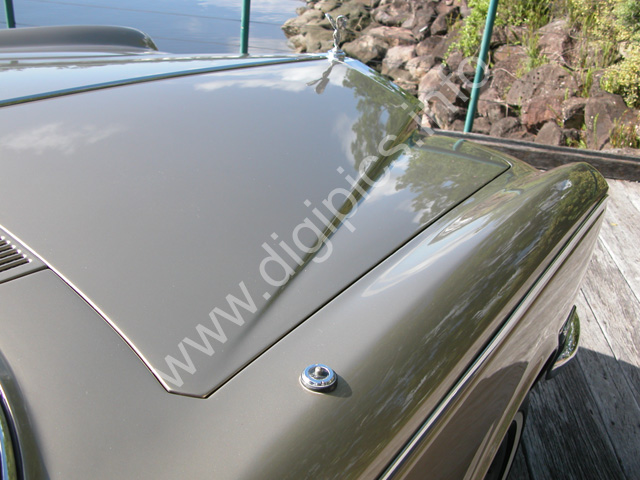
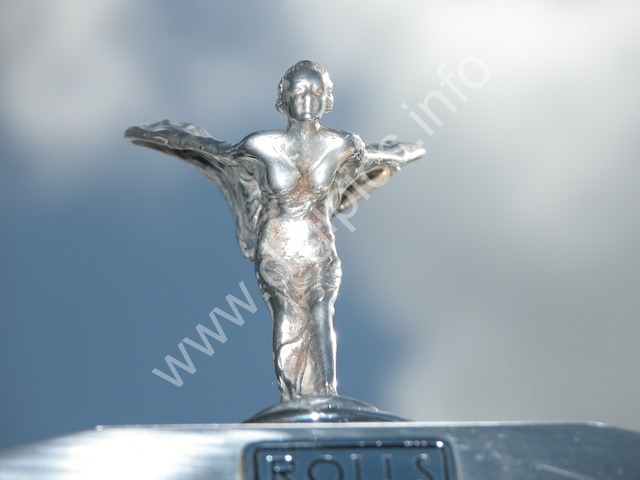
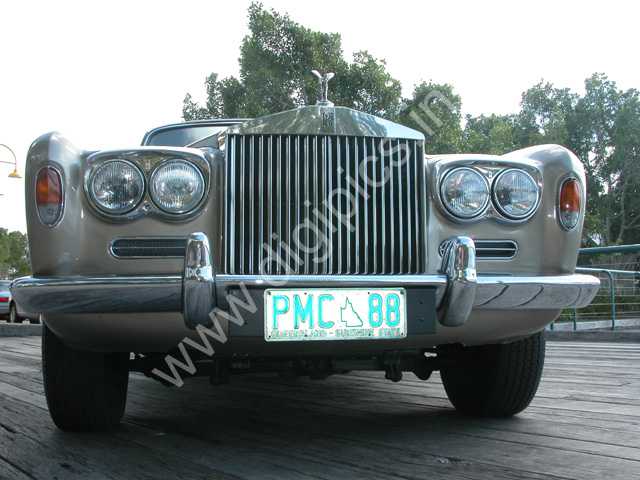
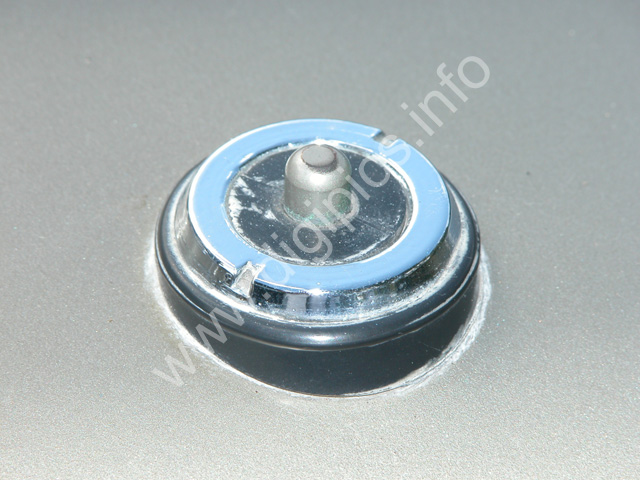
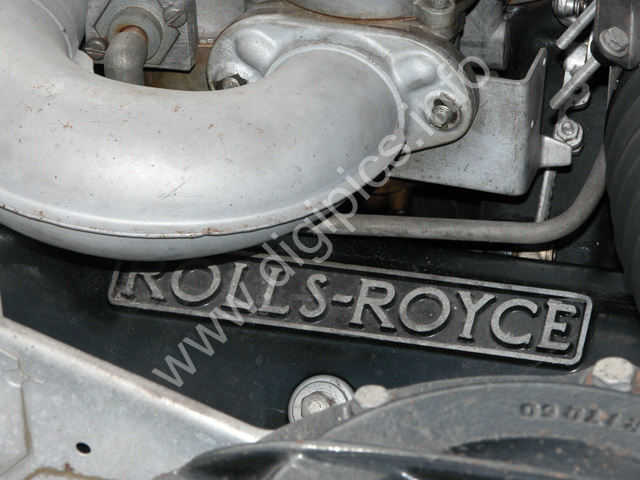
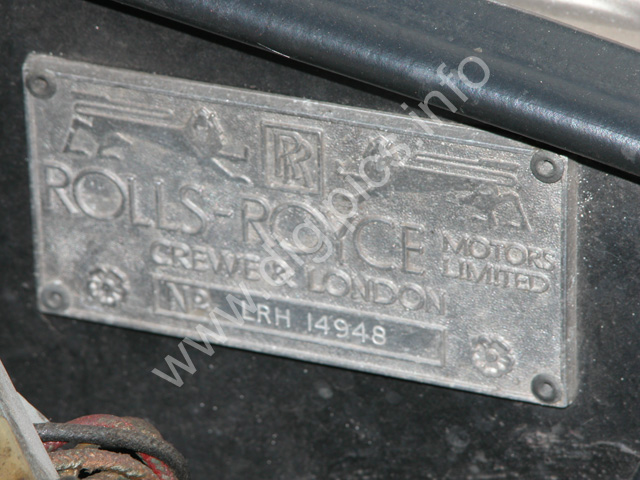
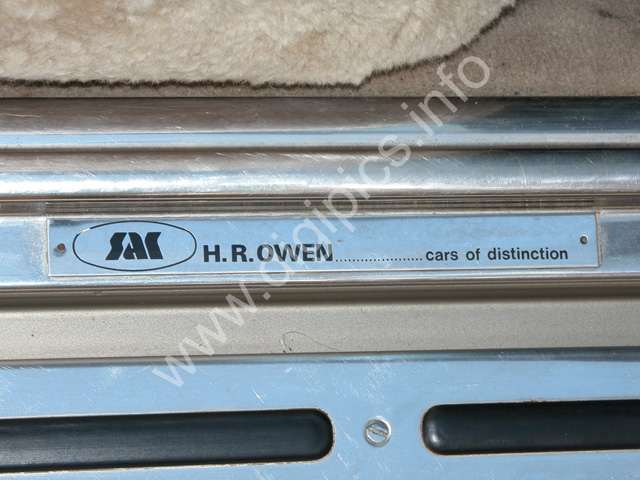
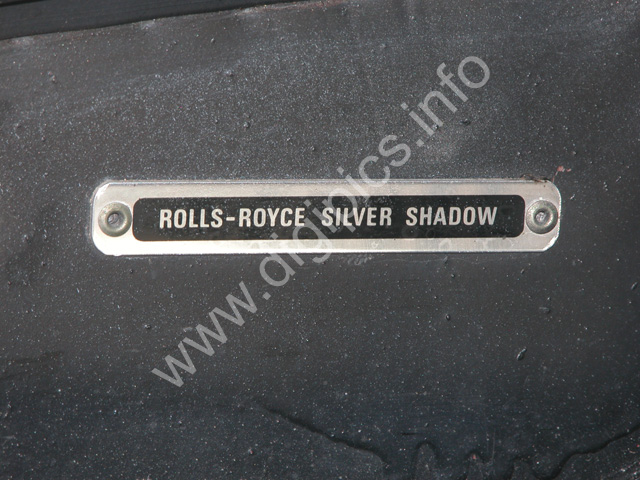
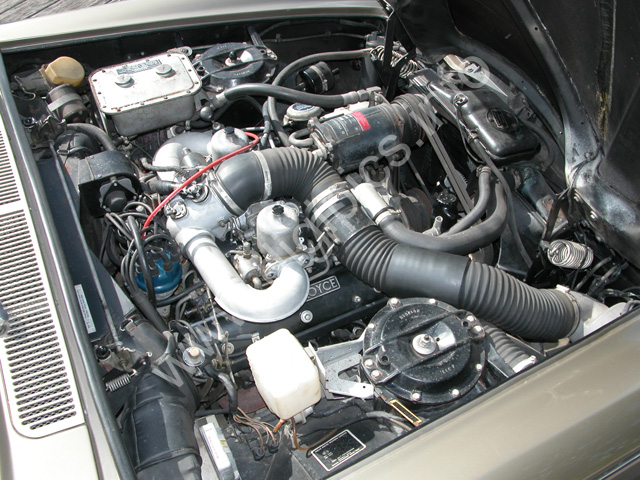
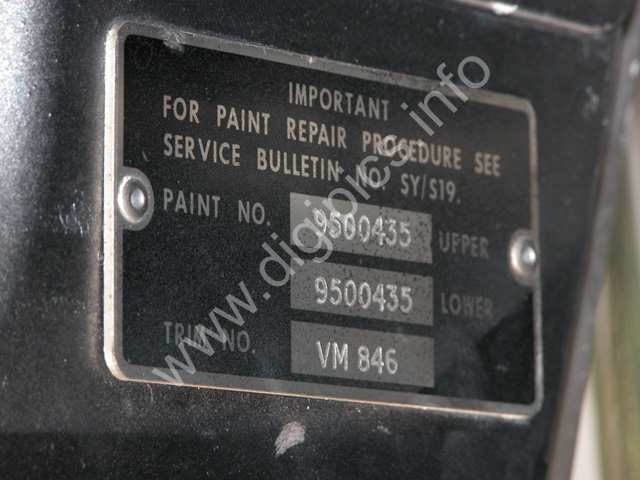
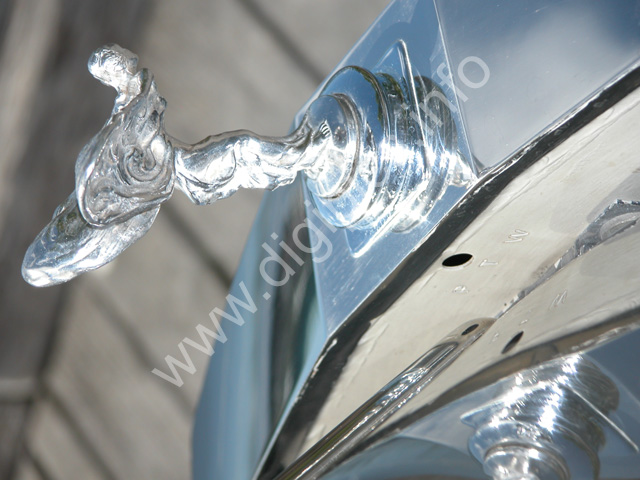
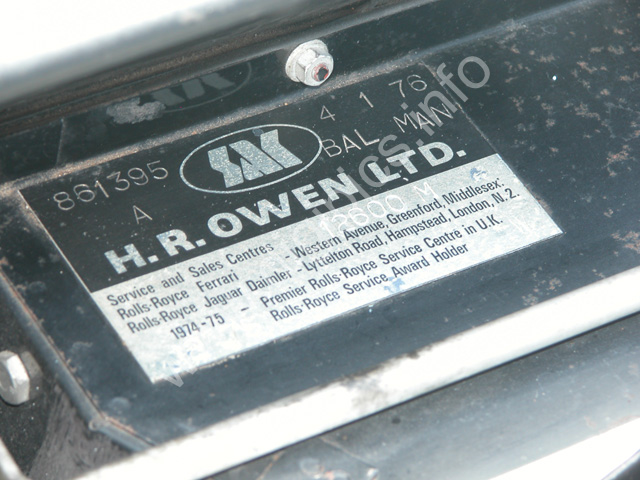
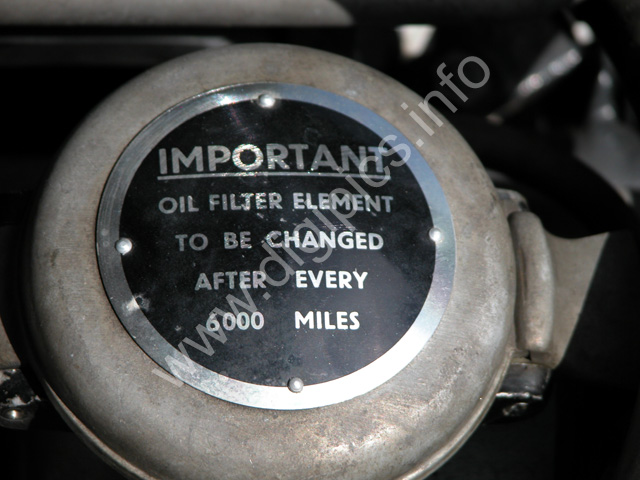
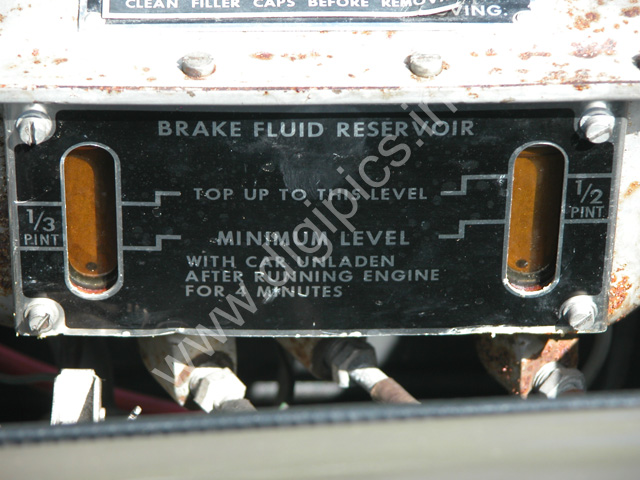
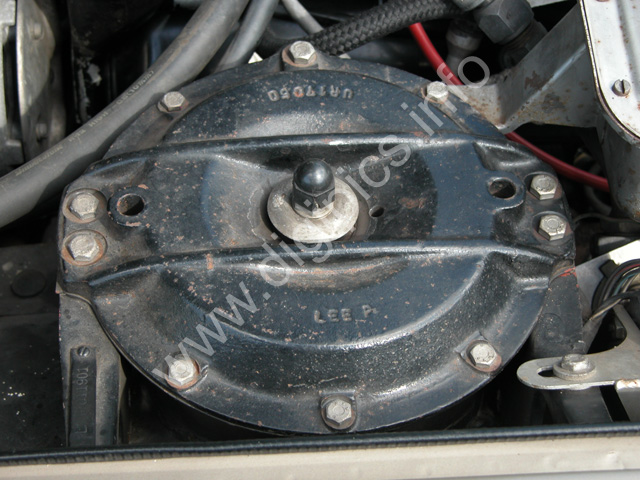
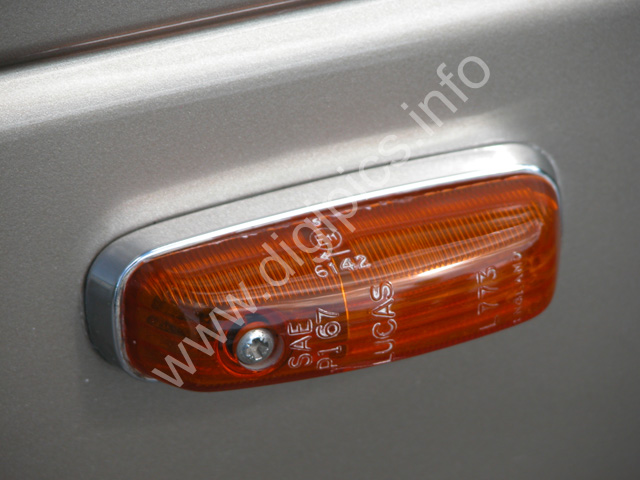
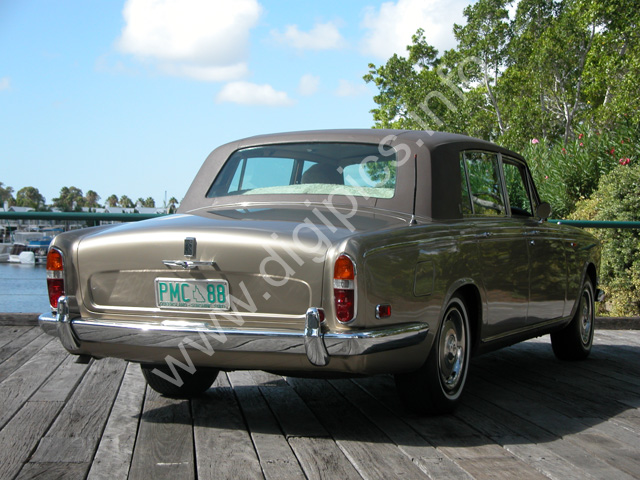
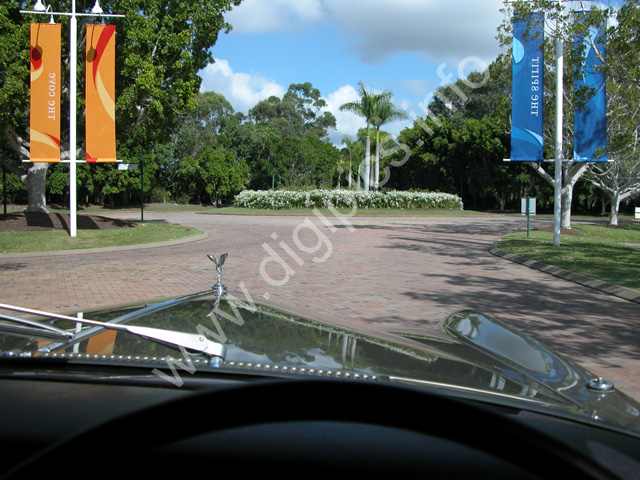
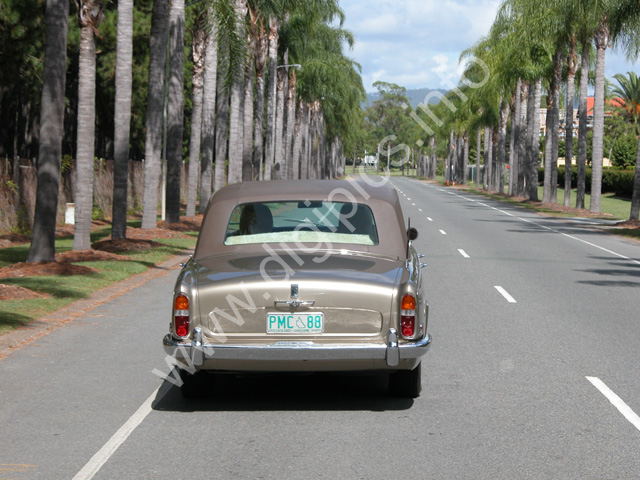
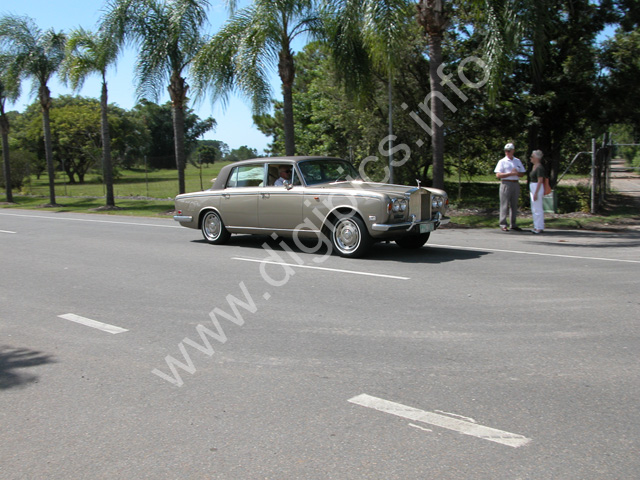
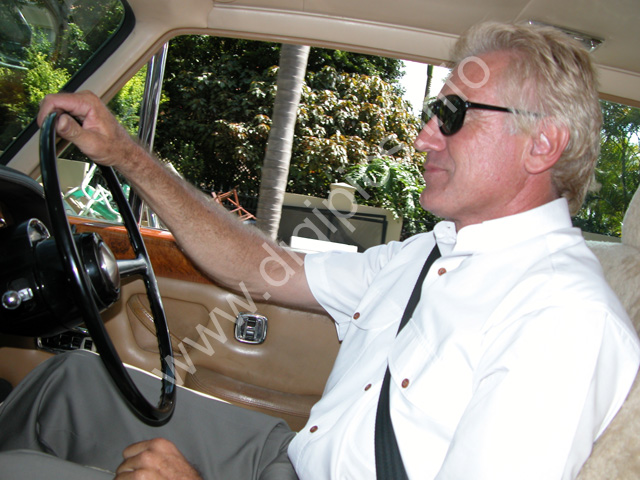
ROLLS-ROYCE SILVER SHADOW – The start of a new era in luxury.
Background
When considering the development of Rolls-Royce motor vehicles over the years, only two models stand out as being the starting point for the evolution of all subsequent models. The first of these was of course, the incomparable 40/50 h.p., or Silver Ghost. The second, though probably less recognised, was the Silver Shadow.
The Silver Ghost established the basic overall design parameters, which would continue long after the Silver Ghost ceased production in 1925. Although many engineering improvements were introduced in subsequent models, the early design philosophies established by the Silver Ghost continued on until the end of 1965, when production of the Silver Cloud III ceased.
Over the years, automotive technology continued to develop, however, due to their conservative nature, Rolls-Royce failed to keep pace and eventually their vehicles became technically out dated. Around the mid 1950s, it had become obvious even to Rolls-Royce, that to continue producing “The Best Car in the World”, it would need to design a vehicle that was up to date with the best in the automotive industry. However, the development of a totally new Rolls-Royce model doesn’t happen overnight. In 1956, Project ‘Burma’ commenced the extensive design and evaluation process deemed necessary, absorbing Project ‘Tibet’ – which was investigating owner requests for a smaller, livelier but roomier vehicle – in the process. A taste of things to come was the introduction of the all new, 6.23 litre, aluminium V-8, into the Silver Cloud II, Bentley S2 and Phantom V in 1959 – the same motor destined to power the Silver Shadow.
Silver Shadow Unveiled
In October 1965, the Silver Shadow was finally revealed to the public at the London Motor Show. Almost immediately, the car was recognised as a revolution in Rolls-Royce motor car design and signalled a new era for Rolls-Royce vehicles. Priced at £6,556 the Silver Shadow was around £900 more expensive than the Silver Cloud III it replaced. Technically, the Silver Shadow was far superior to any previous model and incorporated every luxury option possible. Electrically operated front seats, windows, side mirrors, aerial, air conditioning and fuel filler cap were all included as standard. Even the gear selector was electrically operated. Gear changing duties were taken care of by the Rolls-Royce four-speed automatic gearbox, except in cars exported to America, where General Motors’ Turbo-Hydro 400 was used. Of course, Connolly leather seats, deep pile carpets and ‘Burr’ walnut dash facia and trim added to the expected standard of luxury provided in what was essentially a four-seater vehicle, even though a fifth person could be accommodated in the rear (in a crush).
The biggest advance for Rolls-Royce was the use of monocoque – or unitary construction – for the body shell. Although used by other manufacturers for many years, this was a major change for Rolls-Royce, who weren’t prepared to introduce this method until all the company’s design criteria for strength and silence were met. Body shells were supplied by Pressed Steel Fisher of Cowley – responsible for providing all of Rolls-Royce’s standard steel body shells since 1946. However, despite the absence of the separate truck-like chassis, similar engineering was evident in the design of the body, front and rear sub-frames and the independent rear suspension. Likely to be considered over-engineered for normal passenger cars, this was standard design practice for Rolls-Royce.
However, it was the disc brake and automatic height control systems that really set the Silver Shadow apart from its contemporaries. Although not having used disc brakes previously, Rolls-Royce incorporated a dual circuit, multiple-calliper system on the Silver Shadow. And rather than utilise vacuum assistance like other manufacturers, Rolls-Royce devised a high pressure hydraulic system (operating at 2,500 psi) – incorporating two camshaft-driven pumps and backed up by a conventional master cylinder circuit. The automatic height control – a modified of version of a system developed by Citroen – was also linked into this high pressure system and operated on all four wheels, allowing the car to rise and fall according to the load and level of braking effort.
Silver Shadow Development
Such was the innovative and advanced nature of the Silver Shadow – and its Bentley T cousins – that the series would become the most popular Rolls-Royce series to date, with around 38,000 examples – including coach-built derivatives – being built within its 15 year lifespan. However, by the time the last Silver Shadows were built, a significant number of changes had been made. In 1968 the GM T-H 400 automatic transmission became standard on all models – saying lots about its overall quality. In 1970, the engine size was increased from 6.23 litres, to 6.75 litres by increasing the stroke. This was done to maintain power levels and compensate for weight gains and increasing emission control requirements.
Even the innovative high-pressure system came in for attention. Early in the model’s life, it was determined that the automatic height control system was really only effective on the rear suspension and so was removed from the front. Then in 1974, the master cylinder braking circuit was deleted – Rolls-Royce determining that the backup system was no longer required.
However, the greatest number of changes to the series occurred in 1977 when the Silver Shadow II and Bentley T2 update models were introduced. Changes included additional anti-pollution controls, a revised exhaust system, large polyurethane bumpers with suspended fog lamps (but no overriders), a front air dam, a deeper radiator, an ergonomically designed dash fascia and automatic ‘split-level’ air conditioning. However, most significant was the change to rack-and-pinion power steering, providing greater directional control and less effort than the earlier recirculating ball system. To further improve the car’s handling dynamics and reduce understeer, front and rear tracks and the wheelbase were increased by 6.4 cm., 5.4 cm. and 1.5 cm. respectively.
Model Derivatives
Not long after the Silver Shadow was released, Rolls-Royce designed an elegantly shaped two-door coupe version to be engineered and produced by Mulliner Park Ward. Launched in March 1966, it cost approximately £3,000 more than the car it was based on. Eighteen months later, a convertible version was also added to the range, costing approximately £2,000 more than the coupe. Both of these models were relaunched – with technical improvements – as the Corniche in 1971. Although changing little externally, the Corniche continued to be developed over the years in line with changes to the Silver Shadow and benefited significantly from the improvements introduced with the Silver Shadow II. The model continued on generally in this form until 1988, when exterior changes were sufficient for it to be renamed the Corniche II.
In line with tradition, a Long Wheel Base (LWB) model of the Silver Shadow became available from 1969. The LWB cars were 4 inches longer and provided considerably more leg room in the rear. This additional length also allowed room for a glass division to be fitted between front and rear sections, if required. A very popular option for the LWB models, was the fashionable ‘Everflex’ roof covering, which included a smaller rear window. Interestingly, when the revised Silver Shadow II was released, the LWB version was given its own distinctive, if confusing, model designation, the Silver Wraith II.
Feature Vehicle – Silver Shadow LWB
Our feature vehicle is actually one of only 2776 early LWB models produced, built around the beginning of 1973. Originally sold new through London dealer H.R. Owen, the car eventually found its way to Australia as a personal import. The soft metallic paint colour is called “Sand” and with the light tan leather interior and darker tan ‘Everflex’ roof, the car is the epitome of restrained elegance and just the type of vehicle you would want to turn up in for the opening of the opera. For owner Paul McCamley however, this car is significant for lots of personal reasons and is an ongoing symbol that despite adversity along the way, you can’t keep a good man down too long. In fact, the second question long lost friends generally ask Paul after “How are you?”, is “Still got the Rolls?”
As a car mad youngster, Paul always regarded Rolls-Royces as the pinnacle of automotive excellence – a status symbol without peer. To actually own one seemed an impossible dream at the time. However, around twenty years ago, that dream became reality and Paul describes how this particular car came to be his.
“As a working class man in the upmarket suburb of Fig Tree Pocket in Brisbane, luck in real estate gave me the means to upgrade my ‘conveyance’, and what better way to poke the Joneses in the eye than to wash a Rolls Royce in the driveway on Sundays! I advertised in the Melbourne Age, The Sydney Morning Herald and the Courier Mail for a month, shortlisted the quality ones and after discussions with the service manager at the Brisbane RR dealership, bought this fine local example. With prestige cars, and especially Rolls-Royces, there are no such things as bargains. The old adage ‘ You only get what you pay for ’, holds true.”
There is often a large difference between perception and reality and as a long-time Rolls-Royce owner, I asked Paul what its like to own the dream and whether the car lives up to its reputation. His responses were most illuminating!!!
“Best car in the world? I don’t think so! Most flash for your cash? Definitely! There is certainly an aura about Rolls Royce automobiles – car just isn’t quite the correct word, is it? For 20 years now, it has proven to be a great car. I love it. Not perfect, but pretty close for its intended market. For your money, you get a lot of Connelly hide leather, Burr walnut, lounge chairs in the place of bucket seats, ‘Frigidaire’ air conditioning that can drop to minus 10 degrees, acceleration that feels uncannily like take off in a Jumbo jet, almost imperceptible gear shifts, neighbourhood envy and ‘Status’ plus. Cruising in a ‘Double R’ is like strolling around a nudist colony with a 12 inch wanger.”
Paul also takes pride in the fact that when the family get to go out together, people take more notice of his Rolls, than his brother’s very expensive BMW. And while Paul loves his “Double R”, he does have a few grumbles.
“You don’t get a left hand exterior mirror, the sun visors don’t swivel to the side, no cigarette lighters (they are cigar lighters) and no provision for a towbar – so forget the box trailer to the dump trip. The car uses left-hand drive controls for shift and indicators – the American market was obviously more important than correctness – and you certainly don’t get a flash steering wheel; the plain black plastic thing looks straight out of a Bedford bus.”
Paul also noted that this is not the sort of car to leave just anywhere, and recalled coming back to the car once to find spit all over it. Luckily to date, no one has been impelled to scratch an “envy stripe” down the side of the car. Having heard that Rolls-Royces can be expensive to maintain, I also asked Paul what his experience had been with this aspect of ownership.
“I was assured by the Rolls Royce service staff, that ‘Rolls-Royces never break down, they sometimes fail to proceed’! Exceptionally reliable I find, but definitely not to be ‘repaired’ by mere mechanics. To be ‘attended to’ is the correct terminology and as I found out, a $3000 brake hose replacement and high pressure accumulator pump overhaul is the price to be paid for using ordinary brake fluid in the complicated brake system.”
Driving Impressions
To get to drive a Rolls-Royce for the first time, was both a daunting and uplifting experience – especially for one used to more “common” means of transport. But even before I got behind the wheel, the thing that impressed me most was the quality and attention to detail paid to even the most mundane aspects of the vehicle. This is a big car and everything has a good solid feel to it, however it was the effortlessness required to do things, that I found facinating. For example, when closing the boot, all you have to do is bring it close to the catch and it will literally close itself. The doors required only minimal effort to obtain that reassuring “thunk” and the bonnet, once released, only required one finger to bring it to the fully open position. Now that’s quality engineering.
However, it is when you get behind the wheel and look out across that substantial bonnet and see the “Spirit of Ecstacy” sitting proudly atop the radiator, that you start to understand the aura and appeal of Rolls-Royce ownership. It is not about what the car does – just about any car will get you from A to B – but how it does it and how you feel doing it. Once ensconced in the extremely comfortable seats, you turn the key and the engine almost imperceptively comes to life and quickly settles down to a faint but satisfying burble – the note probably more due to the less expensive, non-standard exhaust. Shift the transmission into ‘D’, squeeze the accelerator and you’re away – but also somehow cosseted from the lesser mortals sharing the road with you.
Dynamically, the steering is light, but still maintains reasonable feel – especially at higher speeds. The ride is expectedly soft and although tighter corners induce some body roll when pushed, this didn’t appear to affect the car’s ability to hold the line requested. Accelleration is surprisingly brisk for such a big car and the brakes reassuringly efficient. Overall, the Silver Shadow is a wonderful means of transport – the sort of car with which to cover many miles quickly and still arrive at your destination with all occupants feeling fresh.
Conclusion
Whilst cars like the Silver Shadow really aren’t that expensive to aquire anymore, there is still the public perception that they must be worth a fortune and even in the company of modern high priced executive cars, they still command respect. Over the past 20 years, Paul has made an interesting observation at the traffic lights.
“Volvo drivers will seek eye contact, smile and usually nod in appreciation; BMW drivers, an envious glance. But Mercedes Benz owners – and the bigger the Benz, the truer this is – usually look around to see who’s looking at them, UNTIL they sight the Spirit of Ecstacy, then sit up in the seat, avoid eye contact, and ALWAYS power away! I love it!”
Obviously Rolls-Royce is still at the top of the pecking order!!!
|
Silver Shadow (Standard) Specification Details |
|
|
Price (In Australia – 1972) |
A$ 30,700 |
|
Length |
5.17 m |
|
Width |
1.80 m |
|
Height |
1.52 m |
|
Weight |
2067 kg |
|
Engine |
Aluminium V8 |
|
Cubic Capacity |
6750 cc |
|
Bore & Stroke |
104.1mm X 99.1mm |
|
Power Output |
220-300 bhp (estimated) |
|
Transmission |
3 speed Automatic T-H 400 |
|
Top Speed |
192 kph (120 mph) |
|
Acceleration (0-60 mph) |
10.4 sec. |
|
Standing Quarter |
17.0 sec. |
|
Fuel Tank Capacity |
107 Litres |
|
Fuel Consumption |
12-15 mpg (average) |
|
Range |
300 Miles (approx.) |
|
|
|
|
Information obtained from contemporary articles |
|
 |
 |
 |
 |
 |
 |
 |
 |
 |
 |
 |
 |
 |
 |
 |
 |
 |
 |
 |
 |
 |
 |
 |
 |
 |
 |
 |
 |
 |
 |
 |
 |
 |
 |
 |
 |
 |
 |
 |
 |
 |
 |
 |
 |
 |
 |
 |
 |
This page is under construction... Please return soon to see updates!!!